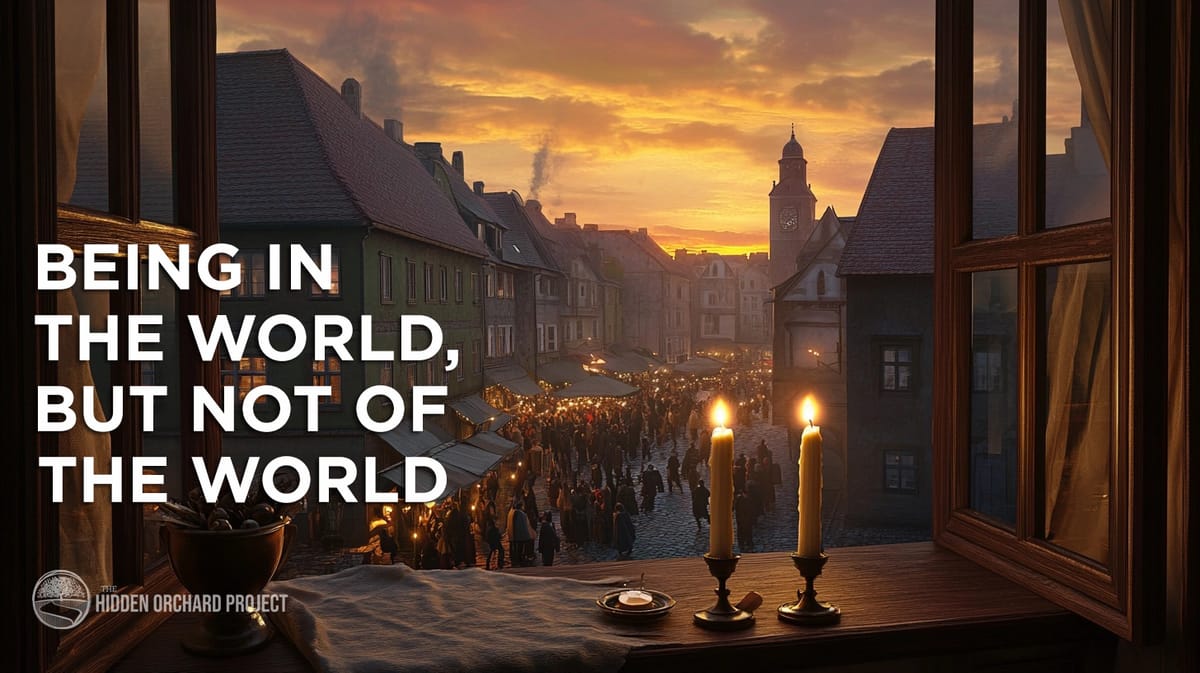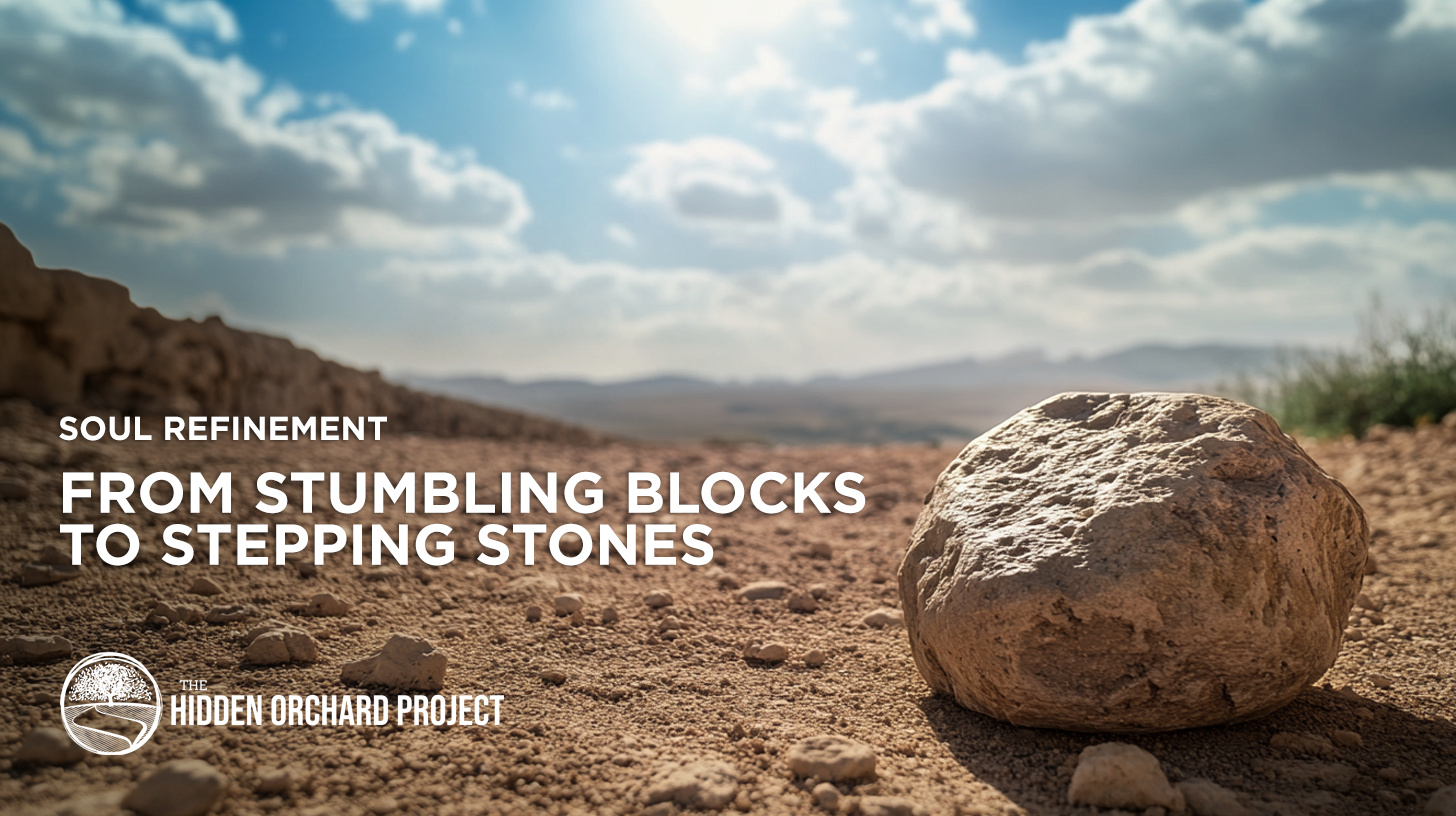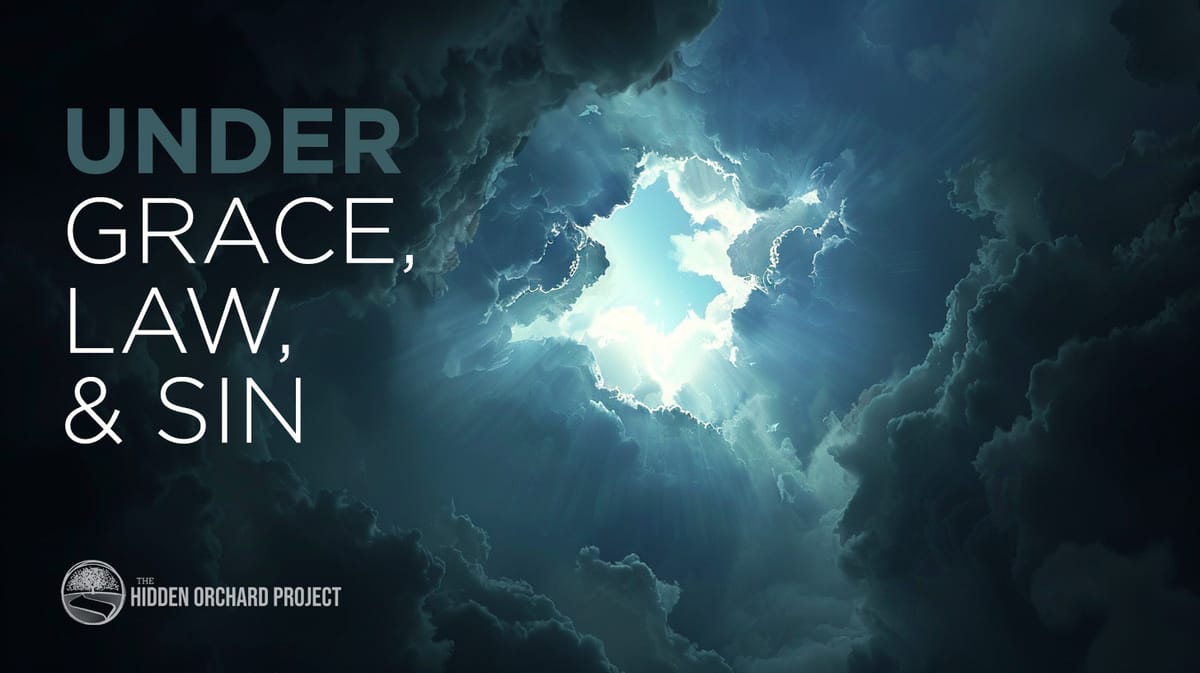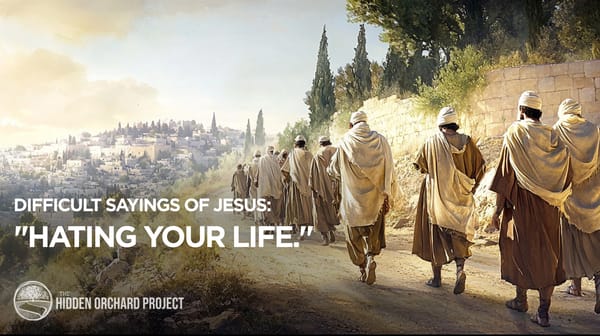Being in the World, But Not of the World
As the temptations of modern life multiply, the spiritual decline we see in communities and spiritual leaders is a wake-up call, causing us to ask: how does one safeguard their soul? Does the Jewish oral tradition offer insight into the early communities' methods for preserving sanctity?

As the complexities and temptations of modern life multiply, each generation suffers a measure of spiritual decline. This reality leaves many asking: how does one safeguard their soul in these times?
An Ancient Remedy
Throughout history, the Jewish people have sought guidance from tradition, the mesorah (מסורה). This includes the written, and also oral components of Rabbinic wisdom.
In Protestantism, tradition has been misunderstood, and maligned, particularly within the context of Christian critique.
As a result, Christianity has almost universally dismissed the Rabbinic tradition as 'legalistic' or burdensome, deriving justification from a few passages in the New Testament that seem to challenge the Pharisees¹ and their "traditions of men"².
This understanding has been largely imported into Messianic Judaism, causing a default, [and ironic] bias against the Rabbinic tradition.
However, today, many are coming to reevaluate these assumptions, wading into the study of Mussar, and the thoughtful adoption of many of these time-tested practices.
We will look at a few of them shortly.
Walking in One's Faith
In multiple articles, we've unpacked the legitimacy of the oral tradition³ and its vitality in observing and preserving the Torah.
The Hebrew term translated as "Jewish law" (Halacha הֲלָכָה) comes from the word Holech, which means to walk. Put another way, Jewish law helps one walk out their faith.
As Jewish communities were exiled and dispersed across the world, the tradition provided protective fences against avoidable mistakes, and a pathway to holiness⁴.
Tradition also served to maintain distinctions, solidarity, and a shield from negative influences.
Resisting Cultural Encroachment
A common thread that has run through various cultures over time - Persian, Hellenistic, or modern (Western) - is that they often offer an alluring set of values that compete with those of G_D.
In this, the challenge is always the same - to remain firmly grounded in Torah principles. The goal is not simply to become insular, but to participate in local society - without compromising on key values.
This is a delicate balance for sure and the Rabbinic tradition has invested much effort to provide an approach for applying the commandments in diverse circumstances, in an exilic context.
Engaging with the world - while remaining set apart - reflects a principle in the Gospel:
"[to be] in the world, but not of the world." - John 17:16
It is not a coincidence that these values align, after all, the Apostles were Jewish. They were familiar with the tradition, as demonstrated throughout the New Testament.
For thousands of years, this framework has kept Jewish communities "in the world," participating in commerce and society while protecting them from becoming "of the world," adopting [the sometimes unholy] values and behaviors.
Here are a few thoughtful examples I believe that anyone can adopt today.
A Case Study in Cultural Resilience
Shomer Negiah (Guarding Against Physical Contact)
Shomer negiah refers to the practice of refraining from physical contact with members of the opposite sex who are not immediate family members.
Based on Torah principles, the specifics are elaborated through the tradition to safeguard against inappropriate intimacy and accusations, which can lead to devastating outcomes.
A few years ago, someone told me they felt the Orthodox Jews seemed "rude" for not shaking hands with them. It is not bad manners, but suggests that they might observe shomer negiah. It is worth noting that the avoidance of physical contact is somewhat common in Eastern cultures.
Many have noticed that actor Keanu Reeves⁵ upholds personal boundaries that align with the values of shomer negiah. Particularly in his photos with women, he usually maintains a clear distance, avoiding physical contact.
Amid cultures that normalize casual physical relationships, shomer negiah creates a clear boundary that upholds the sanctity of personal space and relationships.
Yichud (Seclusion)
Yichud means "seclusion." In this context, the laws of Yichud seek to prevent members of the opposite sex from being alone together.
At a high level, a man and a woman who are not married to each other may not be in a private, secluded area where others cannot easily enter. This includes: Being alone in a house, office, or car, and even staying together in a hotel room or closed space without others around.
These guidelines prevent temptations from leading to bad decisions, ruined marriages, and broken communities. They also serve to prevent negative impressions and can even stifle allegations of misconduct.
This can be challenging in a work environment where others do not uphold these values. A solution would be to leave the door open during meetings or make sure carpools include more than two people.
Years ago, I worked for a church that upheld similar guidelines quite well - without knowing their association with the Jewish tradition. It was impressive how well the staff culture adopted these practices.
Tzniut (Modesty)
Tzniut is the concept of modesty in dress, speech, and behavior. While the Torah provides general principles about modesty, the oral tradition expands on what this looks like in various contexts, including guidelines for clothing and interpersonal interactions.
Modesty brings blessing and also helps prevent spiritual damage that comes from stumbling others. Tzniut also helps one avoid Ayin Hara (evil eye)⁶.
In societies where self-expression veers into immodesty, tzniut anchors us in dignity and purpose. An identity rooted in inner worth and the idea that we are made in the image of G_D⁷.
Shmirat Ainayim (Guarding the Eyes)
The concept of "guarding the eyes" (shmirat ainayim) is related to the concept of modesty and requires spiritual vigilance.
We should do our best to avoid situations where we will see images that may lead to improper thoughts or actions. These can sabotage our spiritual connection, and derail our progress towards holiness⁸.
Observant Jews avoid looking at immodest images in advertisements, movies, or online content. For example, in addition to using filters on their devices to block inappropriate material, many opt for 'kosher phones,' side-stepping the problems that come with fully connected smartphones.
Others avoid interacting with social media altogether, aware of the continual assault of immodest and revealing content.
A Model for Everyone
There are many more practices one can explore and consider - these are just a few.
The oral tradition reminds us that faith is dynamic and that it is possible to engage with society meaningfully while safeguarding one's faith.
Want to Learn More?



Notes:
⁴ Mitzvot and Misconceptions: Understanding the Biblical Commandments
⁵ Keanu Reeves Doesn’t Touch Women - Aish
⁶ Understanding and Protecting from Evil Eye
⁷ What Does It Mean to be Made in the Image and Likeness of the Creator?








